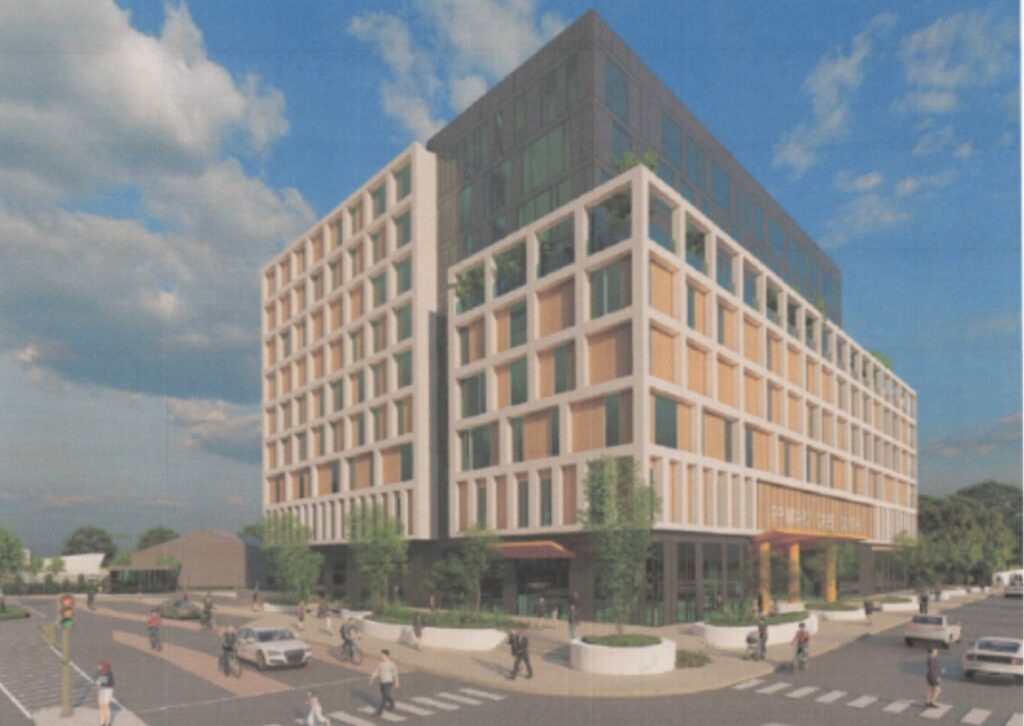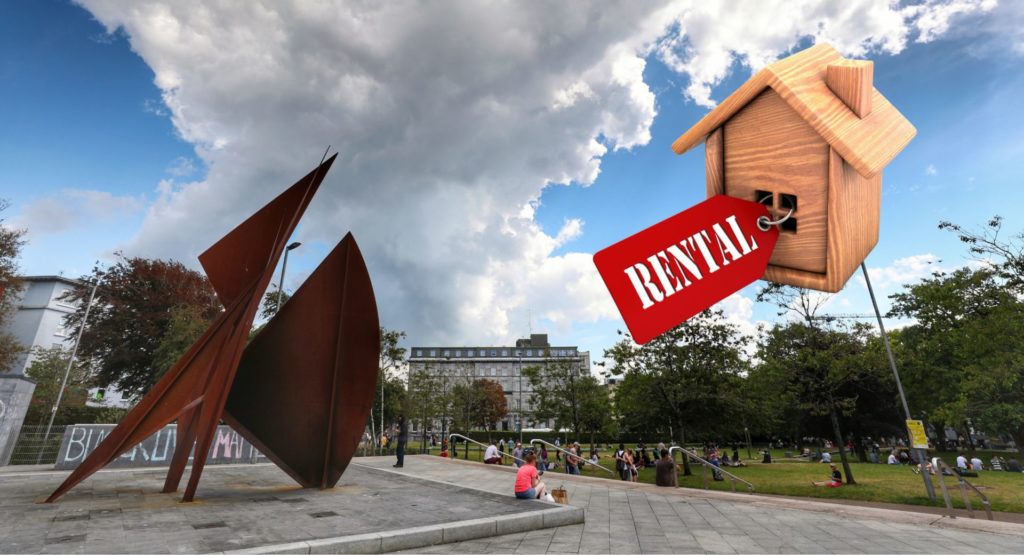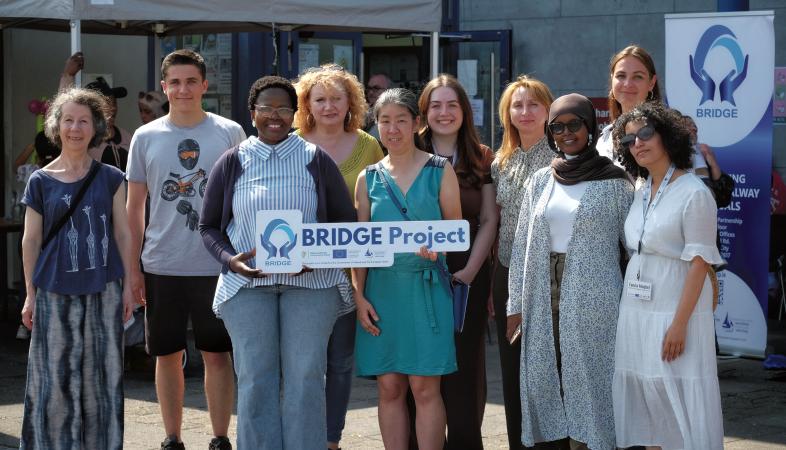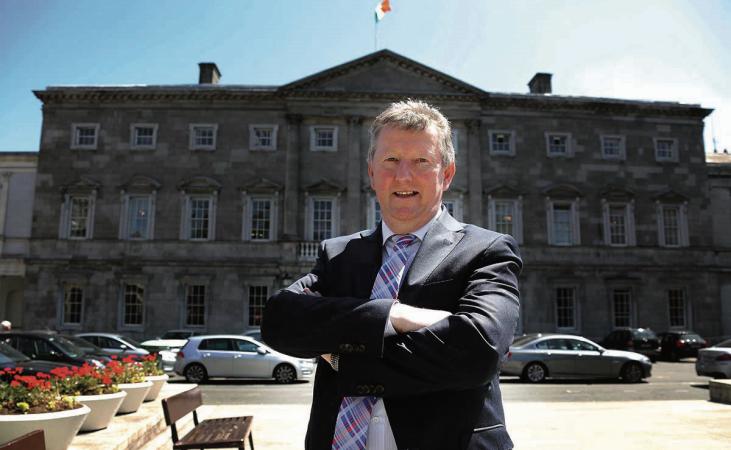-
-
Author: Our Reporter
~ 3 minutes read
Many accounts of the Irish struggle for independence have focused on military activities and high politics at the expense of largescale campaigns that were organised by working people and small farmers in pursuit of a fairer Ireland. So say historians Dr John Cunningham and Dr Terry Dunne, editors of a new book on the era that aims to show the bigger picture. They explain why it matters.
A Manchester Guardian ‘Special Correspondent’, reporting from the West of Ireland in May 1920, was struck by the ‘points of change and difference’ that were transforming the region.
One change was in attitudes towards alcohol – the Irish Volunteer Force was a resolutely ‘dry force’ and the new Dáil courts, which generally focused on agrarian cases, were imposing severe sentences for drunkenness.
Even more striking, according to the correspondent, was the growth of organised labour, evident from the ‘rich crop of buttons or badges on the coats of the younger men . . . not the badges of the [United Irish] League or of Sinn Féin, but of trade unionism, usually of the Irish Transport and General Workers Union’ (ITGWU).
That union, he continued, reached ‘such remote spots as Clifden, the far end of the desert of Connemara’ where photographs of James Connolly, leader of the ITGWU prior to his execution in 1916, were displayed in shop windows.
The observations of this reporter are supported by membership figures for the ITGWU, which grew from 5,000 in 1916 to 120,000 in 1920, more than half of them rural workers.
The prominence of the ITGWU significant, the correspondent felt, because it was ‘the most class-conscious and revolutionary of the Irish unions, [bringing] into the towns of the West, an entirely new magazine of ideas; proclaiming that patriotism is not enough, and, that, though Sinn Féin may be all very well in its way, the Republic will be no use unless it is a Workers’ Republic.’
Agrarian and labour radicalism
The Guardian visitor’s time in Ireland coincided with an upsurge in social and labour struggle. Radiating out from North Galway in early 1920, there was a wave of agrarian unrest, as small farmers and the ‘landless’ asserted their claims to untenanted segments of landed estates.
At the same time, farm labourers and other rural workers in the ITGWU were advancing their own economic and political agendas by means of strikes and ‘soviets’.
Many agrarian and labour campaigners were also active republicans, so naturally there was an overlap in objectives.
In mid-April 1920, there was a general strike, of which the ITGWU was the backbone, which forced the British government to release hunger-striking republican prisoners within two days. Later in May, dock and railway workers began a seven-month long munitions boycott, refusing to transport the crown forces’ weaponry, which was a ‘serious setback to military actions’, according to Nevil McCready, commander of the army in Ireland.
Pictured: Terry Dunne, left, and John Cunningham, editors of Spirit of Revolution: Ireland from Below, 1917-1923, with Sarah-Anne Buckley, University of Galway, who launched the book in Charlie Byrne’s Bookshop. PHOTO: JOE O’SHAUGHNESSY.
For more, read this week’s Connacht Tribune:
Connacht Tribune Digital Edition App
Download the Connacht Tribune Digital Edition App to access to Galway’s best-selling newspaper. Click HERE to download it for iPhone and iPad from Apple’s App Store, or HERE to get the Android Version from Google Play.
Or purchase the Digital Edition for PC, Mac or Laptop from Pagesuite HERE.
Get the Connacht Tribune Live app
The Connacht Tribune Live app is the home of everything that is happening in Galway City and county. It’s completely FREE and features all the latest news, sport and information on what’s on in your area. Click HERE to download it for iPhone and iPad from Apple’s App Store, or HERE to get the Android Version from Google Play.
More like this:

HSE fully signs off on proposal for €50m City West Primary Care Centre
This article first appeared on Galway Bay FMThe HSE has fully signed off on a proposal to develop...

Rental law changes demonstration in Eyre Square this Saturday
This article first appeared on Galway Bay FMA demonstration will take place this weekend in Eyre ...

Partnerships sought for higher density housing in five cities including Galway
This article first appeared on Galway Bay FMPartnerships are being sought to build higher density...

20,000 people in Co Galway affected by boil water notice or restrictions in 2024
This article first appeared on Galway Bay FMMore than 20,000 people across County Galway were aff...

Sales of new cars and electric vehicles in Galway well up on national trends
This article first appeared on Galway Bay FMSales of both new cars and electric vehicles in Galwa...

20,000 people in Galway affected by boil water notice or restrictions in 2024
This article first appeared on Galway Bay FMMore than 20,000 people across Galway City and County...

Host of nationalities mark World Refugee Day in Galway
Galway residents from an estimated 40 different countries came to the Westside Library last Frida...

Scaled-down numbers for Tuam local authority development
A scaled down version has been agreed for a Council housing development in Tuam – despite several...

Quest to slash waiting time for driving tests still on track
The Galway minister in charge of driving tests remains confident that the wait to sit them will r...
Sign Up To get Weekly Sports UPDATES




